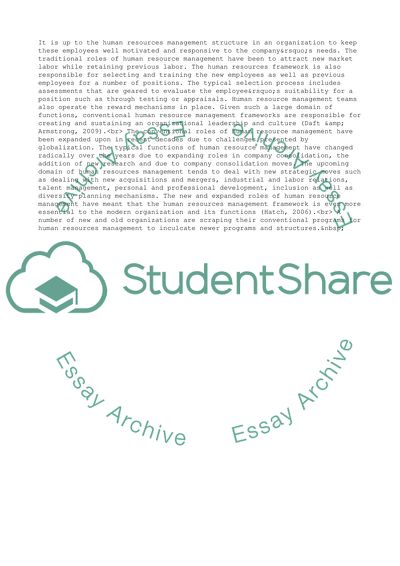Cite this document
(Problems Challenges and Solutions Research Paper, n.d.)
Problems Challenges and Solutions Research Paper. Retrieved from https://studentshare.org/management/1776071-human-resources-management-problems-challenges-and-solutions-within-the-airlines
Problems Challenges and Solutions Research Paper. Retrieved from https://studentshare.org/management/1776071-human-resources-management-problems-challenges-and-solutions-within-the-airlines
(Problems Challenges and Solutions Research Paper)
Problems Challenges and Solutions Research Paper. https://studentshare.org/management/1776071-human-resources-management-problems-challenges-and-solutions-within-the-airlines.
Problems Challenges and Solutions Research Paper. https://studentshare.org/management/1776071-human-resources-management-problems-challenges-and-solutions-within-the-airlines.
“Problems Challenges and Solutions Research Paper”, n.d. https://studentshare.org/management/1776071-human-resources-management-problems-challenges-and-solutions-within-the-airlines.


